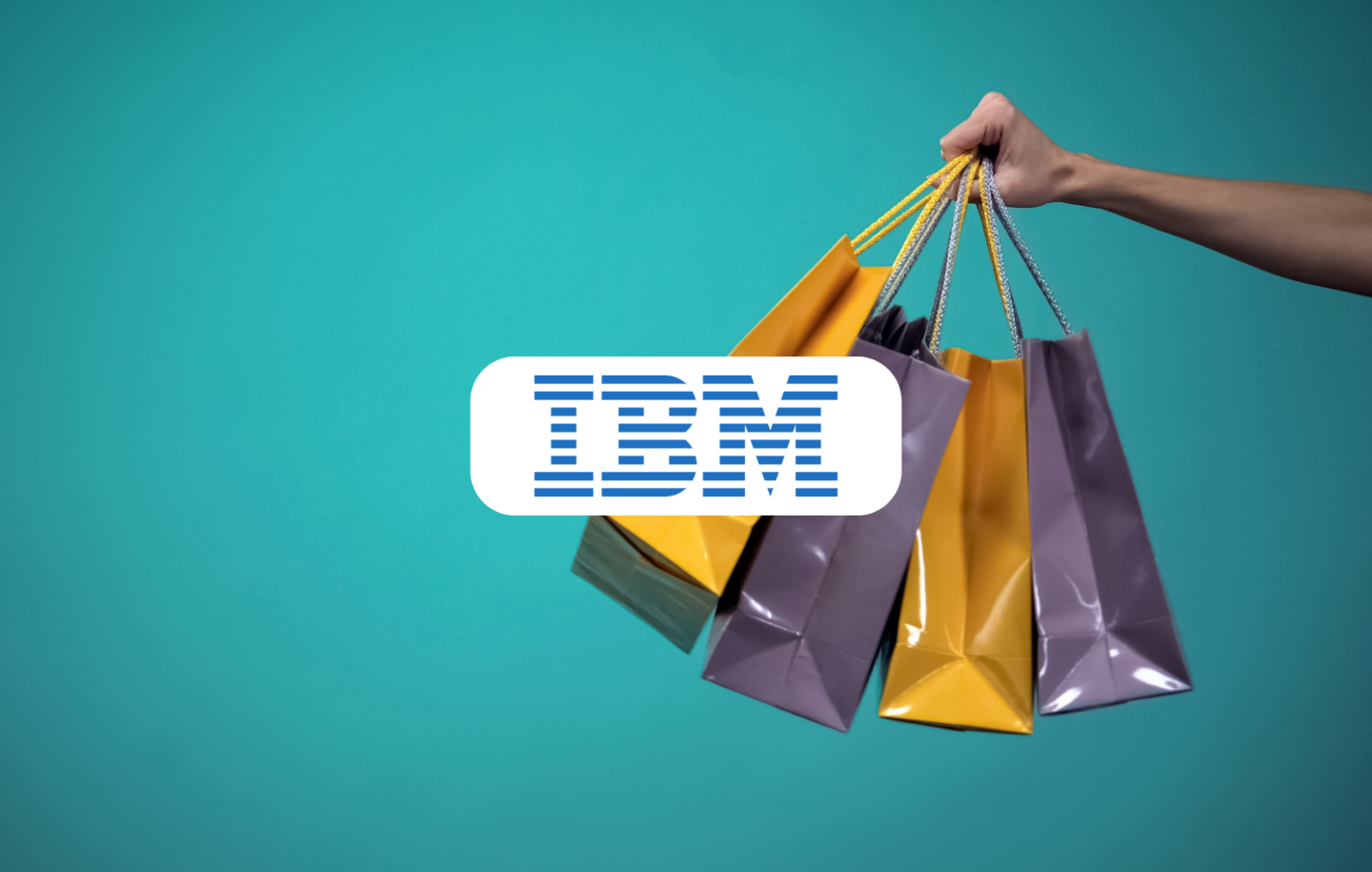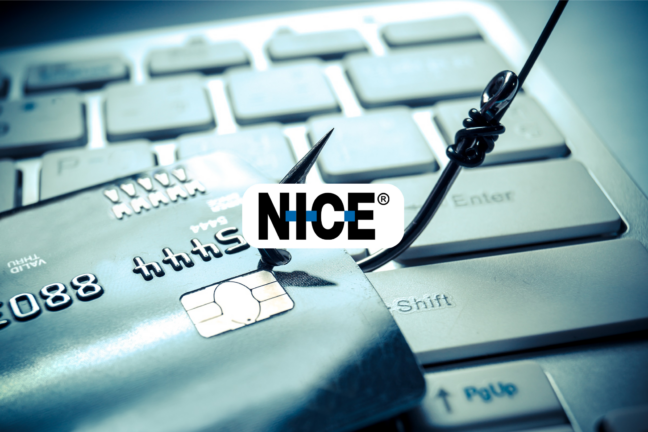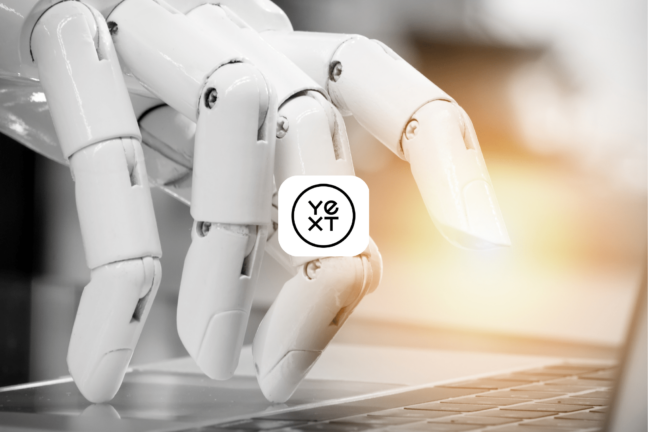Shopping isn't living up to consumer expectations, both online and in-store. According to a recent global study by IBM, a mere 9% of consumers are satisfied with in-store, and 14% with online shopping experiences. In the face of shifting consumer expectations and economic challenges, the study sheds light on a significant disconnect between what shoppers desire and what the current retail landscape provides.
The study underscores the potential for technology, particularly AI, to bridge this gap and elevate the overall shopping journey. More than half of the respondents express enthusiasm for AI enhancements such as virtual assistants (55%) and AI applications (59%) during their shopping experiences. In the context of economic factors, inflation emerges as a significant influencer, with six in ten consumers noting its impact on their shopping behavior. Additionally, 62% cite price as a primary factor influencing their decisions to switch stores or brands.
"We are seeing that today's consumers, faced with more choices and channels than ever, are increasingly making their purchasing decisions based on the cost and the quality of experiences that retailers provide. The IBM IBV Consumer 2024 Study underscores an opportunity for retailers to integrate AI and other technologies into both digital and physical shopping experiences to meet these changing consumer demands and their economic challenges. Leveraging advances in AI technologies, retailers can forge ahead into a new era of commerce and fulfilment, leading with innovation to create shopping experiences that are intuitive, unified, personalized and efficient," said Luq Niazi, Global Managing Director at IBM.
Another survey by ClearSale focused on the shifting consumer attitudes in e-commerce and its importance for businesses to thrive in this evolving landscape.

In-store experience falls short
Although 73% of respondents express a preference for physical stores, a mere 9% find satisfaction with the in-store experience. Consumers desire an expanded product variety (37%), more product information (26%), and expedited checkout (26%). As many as 65% of surveyed individuals complement their in-store visits with mobile apps, reflecting a growing inclination toward a digitally integrated in-store journey.
Online shopping hurdles
While online retail is a primary source for discovering new products (cited by two-thirds of respondents), there is still discontent. Challenges include difficulty finding desired products (36%), insufficient product information (33%), and a cumbersome return process (33%).
Yearning for digital integration
Consumers express a keen interest in leveraging AI technology to enhance their shopping experience, with 59% expressing a desire to use AI applications during their shopping journey. Among those yet to embrace AI, 4 in 5 exhibit a curiosity about trying it. When it comes to personalization, 52% express interest in tailored information, advertisements, and offerings. However, satisfaction among current virtual assistant users remains lacking, revealing a gap between existing tech offerings and shopper expectations.
Economic forces influence choices
Economic challenges, particularly inflation, shape consumer behaviors. Flexibility in payment options is sought, with 55% desiring more varied payment methods and 46% expressing interest in installment payments. Price sensitivity is evident, as 62% indicate that price is a primary factor influencing decisions to switch stores or brands.
In other news, IBM has partnered with Meta to unveil the AI Alliance, advocating for an "open-science" approach to AI development.









